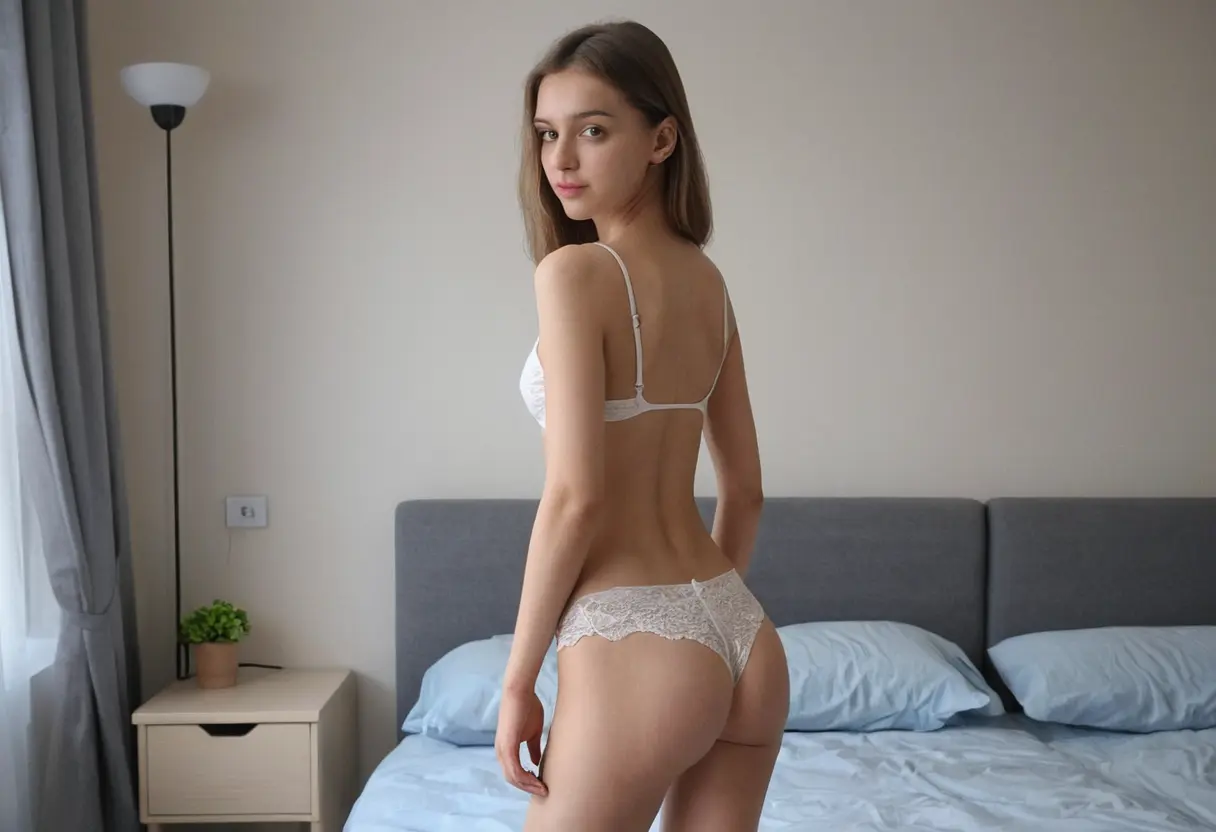Exploring the Impact of AI Photo Undress on Digital Art and Photography
Exploring the Impact of AI Photo Undress on Digital Art and Photography
The integration of artificial intelligence (AI) into digital art and photography has transformed how creators approach their work. One particularly controversial application of AI technology is "photo undress," which involves digitally altering images to remove clothing. This practice raises significant ethical, legal, and artistic questions. This article delves into the implications of AI photo undress, exploring its effects on digital art, photography, and the broader cultural landscape.
The Technology Behind AI Photo Undress
AI photo undress technologies leverage advanced machine learning algorithms, particularly those involving deep learning and neural networks. These systems are trained on vast datasets of images, allowing them to recognize patterns and features within photos. By using techniques such as image segmentation and generative adversarial networks (GANs), these AI tools can convincingly alter images, creating the illusion of undressing.
These technologies have evolved rapidly, with some programs now capable of producing highly realistic results. However, the accessibility of these tools raises concerns about misuse and the potential for creating non-consensual images.
Ethical Considerations
The use of AI for photo undress prompts serious ethical dilemmas. One of the primary concerns is consent. Many individuals may find their images altered without their permission, leading to significant emotional and reputational harm. This issue is particularly pertinent in the age of social media, where images can be shared widely and rapidly.
Furthermore, the potential for abuse is significant. AI-generated images can perpetuate harmful stereotypes or contribute to the objectification of individuals, particularly women. The digital manipulation of images may reinforce unrealistic beauty standards, further impacting societal perceptions of body image.
Legal Implications
The legal landscape surrounding AI photo undress is complex and evolving. In many jurisdictions, laws concerning image manipulation and copyright are still catching up to technological advancements. Issues related to copyright infringement, defamation, and privacy violations come into play when discussing AI-altered images.
For instance, if an individual’s image is altered without permission, they may have grounds for a lawsuit. Moreover, as AI technology continues to develop, new legislation may emerge to address these challenges specifically, potentially establishing clearer guidelines for the ethical use of AI in photography and digital art.
Impact on Digital Art and Photography
The advent of AI photo undress has sparked a debate within the digital art community regarding authenticity and creativity. Some artists embrace these technologies as tools that enhance their creative processes, enabling new forms of expression. They argue that AI can serve as a collaborative partner in art creation, expanding the possibilities of what can be achieved.
Conversely, other artists express concern that reliance on AI diminishes the authenticity of art. The debate centers on whether art created with the aid of AI can truly reflect human experience or whether it merely replicates existing styles and themes without genuine insight or emotion.
Moreover, the proliferation of AI-generated images poses challenges for photographers, who must navigate a landscape increasingly populated by synthetic visuals. As AI tools become more sophisticated, the distinction between traditional photography and AI-generated content may blur, leading to new definitions of artistic merit and value.
The Future of AI in Photography and Digital Art
Looking ahead, the role of AI in photography and digital art is likely to expand. As technology continues to advance, we can expect more innovative applications,undress ai tool including personalized art creation and real-time image editing capabilities. However, this growth must be balanced with a focus on ethical practices and respect for individual rights.
Education and awareness are crucial in addressing the challenges posed by AI technologies. Artists, photographers, and consumers alike should be informed about the implications of AI photo undress, fostering a culture of responsibility in digital creation.
Conclusion
The impact of AI photo undress on digital art and photography is profound and multifaceted. While the technology offers exciting possibilities for creativity and innovation, it also raises significant ethical and legal challenges that must be addressed. As society grapples with these issues, it is essential to cultivate a dialogue around the responsible use of AI in art and photography, ensuring that the rights and dignity of individuals are upheld. Embracing the potential of AI while remaining vigilant about its risks will shape the future of digital creativity in a meaningful way.
Weekly hotspots
- How Undress Show AI is Revolutionizing Online Fashion Experiences
- Discover the Best Free AI Tools for Image Editing and Undressing
- Exploring the Rise of AI in Adult Entertainment and Undress Content
- Discover the Future of Virtual Try-Ons with AI Undress App
- How Undressing AI is Revolutionizing Virtual Try-Ons and Shopping Experiences
- How Undressing AI App is Revolutionizing Personal Style and Shopping





